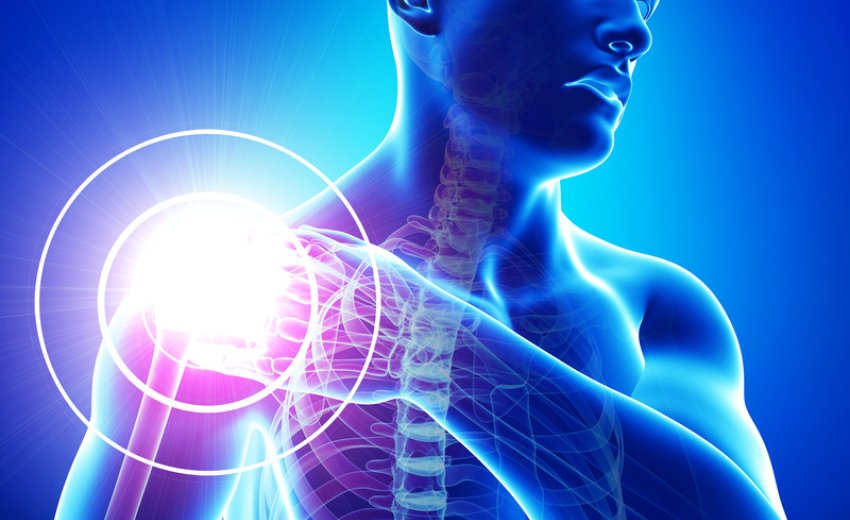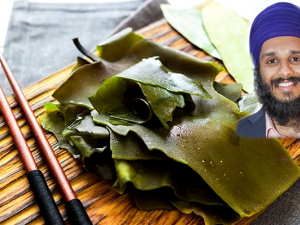Self treatment for acute back pain (UPDATED)
Back injuries are common in day to day life.Most cases of back pain aren't caused by serious damage or disease but by minor sprains, strains or a pinched nerve.
This type of back pain can be triggered by everyday activities such as bending awkwardly or for long periods, lifting heavy objects, slouching in chairs or overusing the muscles –i.e during repetitive movements at work or at home.
In most cases this type of pain is self remitting meaning that it will get better by itself if you follow some basic steps.
The follow is the second in a series of articles that looks at common injuries and how you can treat them yourself. Managing a strain quickly can prevent it from becoming a more long term problem.
Once your condition has improved it is important to think about what the cause of the pain was and what the aggravating factors were. Once you have identified these you can start to change or modify the task or activity in order to reduce the risk of reoccurrence.
NB: If your symptoms do not improve after a week of following this advice it is advisable to see your doctor.
Low back strain
In the case of a lower back strain/sprain, there are a number of things that can be done to facilitate healing.
The two therapeutic techniques described below are intended to be used after the acute-phase of the injury, which is within the first few days following a incident.
Remember that after a back strain, the muscles in the back will often become tight, guarding the affected area and limiting the motion and causing pain.
Treatments that safely alleviate muscle tension, improve range of motion, and promote blood circulation to the affected area, are going to speed up the healing process.
1. Manual Back Traction
Applying gentle traction to the neck can often ease and elongate tight muscles, allowing pinched nerves or compressed blood vessels to be released.
Tight muscles will constrict and compress everything around them. The idea behind using traction is to create more space and alleviate pressure by improving the blood supply to the neck muscles, tendons, and ligaments of the affected area.
One of the simplest ways to do this is to:
Lie down on your back and place a folded (lengthwise) bath towel in the small of your back. Support your neck with a thin pillow. This will apply a gentle traction force to the lumbar spine and reduce the pressure on the disks and muscles. Hold this position for 20mins. Repeat daily until the pain resolves.
2. Hydrotherapy
Soaking in Epsom Salt can be very helpful for the release of muscle aches and pain. The actual name of Epsom Salt is Magnesium Sulfate, magnesium is known to absorb through the skin and is a known muscle relaxant. Sulfate is known to help the removal of toxins from the body.
Directions:
Adding 1 cups of Epsom Salt (30g) to a hot bath full of water. Soak your neck in the bath for 15 - 20 minutes, allowing the Magnesium to be absorbed through your skin.
--
Harbir Singh
M.OstMed
BarefootDoctors.co.uk
=======================
Related Article
Self treatment for shoulder pain
 This is the fourth in a series of articles covering common problems and showing you how you can fix these yourself.
This is the fourth in a series of articles covering common problems and showing you how you can fix these yourself.
The most common cause of shoulder pain is the muscles around the shoulder joint. This is often misdiagnosed as, rotator cuff tendinitis, frozen shoulder or even arthritis. The reason it is misdiagnosed is because it is difficult to detect muscular pain unless you know where to look and because muscular pain can cause symptoms which you wouldn’t relate to muscles such as loss in range of motion in the shoulder, shoulder ache or even headaches.
Shoulder pain from muscles can be due to rounded/poor posture, emotional stress, prolonged sitting, sleeping on a arm, carrying a heavy bag and overuse.
One easy way to find out if the cause of your shoulder pain is muscular is by trying the self treatment exercises below. If the exercises improve your shoulder movement and pain, the muscles of the most likely cause of your pain. Repeat the exercises daily until the pain is gone and the range of motion is improved.
1. Trigger point release
The following four muscles need to be released in order to restore the muscular balance of the shoulder.
Test the movement in the shoulder before you start, by raising your arm up towards the ceiling and seeing how far the arm goes without pain. After completing the treatment retest the movement.
a. Subscapular muscle
Exercise -Subscap trigger point release - https://www.youtube.com/watch?v=as57G7v-gHc
b. Latissimus dorsi muscle
Exercise - Lat release and stretch - https://www.youtube.com/watch?v=oaRnXEEwoCs
c. Pectoralis major trigger point release
Pec major release - 3-5mins - wall release- https://www.youtube.com/watch?v=LwO08DT-PqU
d. Trapezius
Wall release - hold for 30 secs - https://www.youtube.com/watch?v=Ld_iImZpt9Y
Please remember to relax the rest of your body during the exercise. I would recommend completing the exercises daily until the pain resolves and then resuming a general strengthening program.
2. Hydrotherapy
Soaking in Epsom Salt can be very helpful for the release of muscle aches and pain. The actual name of Epsom Salt is Magnesium Sulfate, magnesium is known to absorb through the skin and is a known muscle relaxant. Sulfate is known to help the removal of toxins from the body.
Directions:
Adding 1 cups of Epsom Salt (30g) to a hot bath full of water. Soak your shoulder in the bath for 15 - 20 minutes, allowing the Magnesium to be absorbed through your skin.
Editor's note: This article was originally published on July 28th 2015





